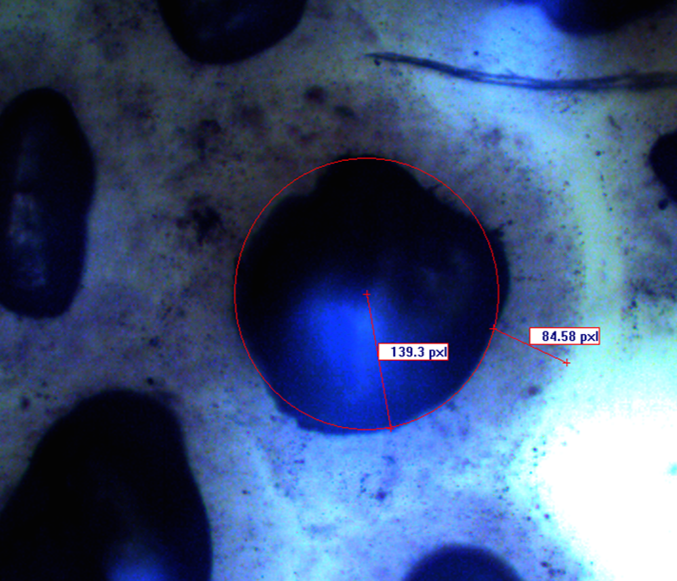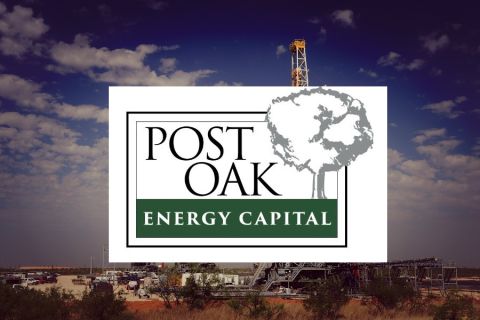
As the oil and gas industry struggles with the low prices, it has been determined that to thrive in this environment, more production is required for each dollar spent. Initially this was accomplished by reducing the cost of the commonly named commodities required to complete a well such as the chemicals and proppant. Most E&P and service companies realize that this is only a short-term “survival” fix; the suppliers of these products cannot continue to operate in the red long-term.
The industry as a whole already has begun to look at how it can operate more efficiently and, as a result, has made tremendous progress in reducing drilling time and frack fleet efficiencies. As the market matures, more progress will be made in this area.
However, to really impact the cost per barrel of oil equivalent, it is important to determine how to get more production from the well. Increasing production 25% to 50% not only means more revenue for the E&Ps but also increases the value of their assets. Asset values are dependent on how much oil can be recovered, not how much oil is in the formation.
Self-suspending sands
During the past years, many technologies have been introduced to allow more oil to be produced. However, until now, there have been no real groundbreaking technologies. With the advent of self-suspending sands, however, the industry is on the verge of a technological forward leap in efficiencies.
It is well known that when completing a well with traditional sands, the major problem is that the sand tends to settle out (duning) once it enters the fractured zone. Although the sand stays in suspension while pumping down the wellbore, the relative increase in total volume of the fracture zone compared to the wellbore causes the velocity to slow down below the needed velocity to keep the sand in suspension. It is not possible to pump a higher volume since the velocity in the wellbore is already very high, causing high friction losses. Increasing flow by 50% would increase friction loss by 200% and therefore increase horsepower significantly.
Since flow cannot be increased, a technology was needed to allow sand to suspend at significantly lower velocity. Superior Silica Sands’ self-suspending sand, SandMaxX, a patented technology, is capable of performing this task by lowering the apparent specific gravity (SG) of the particle from 2.65 to a range of 1.9 to 1.5 while at the same time increasing the drag forces on the particle.
Figure 1, showing a hydrated SandMaxX particle, demonstrates how this is accomplished. The sand particle (dark blue) is surrounded by a hydrated hydrogel layer. The engineered particle is now about two times the diameter of the sand particle, with the hydrated layer having a SG of 1 and the sand at 2.65, making the combined particle’s SG 1.9 to 1.5, depending on the amount of hydrogel added. It also should be noted that although the diameter doubles, the outer layer is soft and malleable and therefore does not hinder the particle from entering the narrow cracks and fissures.

Industry benefits
From a practical standpoint, what does lowering the SG and increasing the drag force mean to the industry? Based on Stokes Law, a lower SG particle given the same particle diameter will have a lower settling velocity. For example, lowering the SG from 2.65 to 1.5 will reduce the settling rate by 70.5%. Coupled with the increased drag force, making it more difficult for the particle to settle, the settling rate is reduced by several orders of magnitude and will allow the sand to stay suspended for an extended period of time with no breaker or at well temperatures (Figure 2). With breaker and well temperatures, Sand- MaxX will still stay suspended for several hours.
Figure 2 is in a static condition with no movement of fluids. Fluid movement helps in keeping the sand flowing. Pumping tests have shown that when pumping traditional sand, the sand significantly settles or dunes once the velocity drops below 1.5 m per second (mps) (5 ft per sec [fps]). Even at velocities of 2 mps to 2.5 mps (7 fps to 8 fps) some settling will occur.
With the self-suspending product, pump tests with velocities of 0.15 mps (0.5 fps) do not show any settling of the sand. In fact, pumping under ideal conditions has shown that the SandMaxX will still transport at 0.8 mps (0.0026 fps).
Therefore, in the fracture zone any fluid movement can carry particles to the farthest reaches as long as the width allows the size of particles to pass the opening.
Over the years the trend in hydraulic fracturing sand has been to go finer and finer. Where once 20/40 was king, now 100 mesh is the new reigning king. At times the finer mesh is required to allow the sand to enter the very narrow fractures in tight formations. However, at other times the finer sand is used since it is easier to place in the fracture zone. The basic trade-off is sand placed in more portions of the fracture zone but at reduced conductivity.
With self-suspending sand technology placement of coarser particles is now possible. Therefore, where the formation allows coarser sand, one can have both sand placed in the formation and the higher conductivity available only with the coarser sand grades.
In addition to coarser particles, it is also possible to pump at higher pounds per gallon added to clear fluid (PPA) without the sand settling and screening out the well. Pumping at 4 PPA to 6 PPA is possible with SandMaxX. Pumping at the higher PPA reduces overall cost at the well site while sustaining the ability to pump the same amount of sand in less time, thus reducing labor, horsepower and water needs. With the self-suspending sand there is also no need to use friction reducer since similar polymers are used in the production process. Although not a significant cost, it is one that is eliminated from the job site along with the handling of friction reducer.
SandMaxX proprietary polymers allow the fluid to be shear thinning and aid the ability to pump the fluid at high loadings. Tests have shown that at 6 PPA the viscosity of the fluid at 511 and 1031 s-1 is in the range of 130 cP to 150 cP.
Since the self-suspending sand uses similar polymers as the friction reducer, the traditional breakers used in slickwater wells can be used for wells treated with SandMaxX at similar concentrations. Typically, 1 ppt to 2 ppt of ammonium persulfate have been used to get the flowback water to <10 cP.
Self-suspending sand has many positive attributes that can revolutionize the hydraulic fracturing industry. The self-suspending sands technology will allow service companies to pump higher sand-loaded fluids and place more sand in a shorter period of time compared to a typical slickwater well completion. For E&Ps the technology will allow more barrels of oil equivalent per well, reducing overall cost while at the same time allowing higher production rates of 25% to 50%.
Recommended Reading
Permian E&P Midway Energy Partners Secures Backing from Post Oak
2024-02-09 - Midway Energy Partners will look to acquire and exploit opportunities in the Permian Basin with backing from Post Oak Energy Capital.
Enbridge Advances Expansion of Permian’s Gray Oak Pipeline
2024-02-13 - In its fourth-quarter earnings call, Enbridge also said the Mainline pipeline system tolling agreement is awaiting regulatory approval from a Canadian regulatory agency.
BP’s Kate Thomson Promoted to CFO, Joins Board
2024-02-05 - Before becoming BP’s interim CFO in September 2023, Kate Thomson served as senior vice president of finance for production and operations.
Magnolia Oil & Gas Hikes Quarterly Cash Dividend by 13%
2024-02-05 - Magnolia’s dividend will rise 13% to $0.13 per share, the company said.
TPG Adds Lebovitz as Head of Infrastructure for Climate Investing Platform
2024-02-07 - TPG Rise Climate was launched in 2021 to make investments across asset classes in climate solutions globally.





